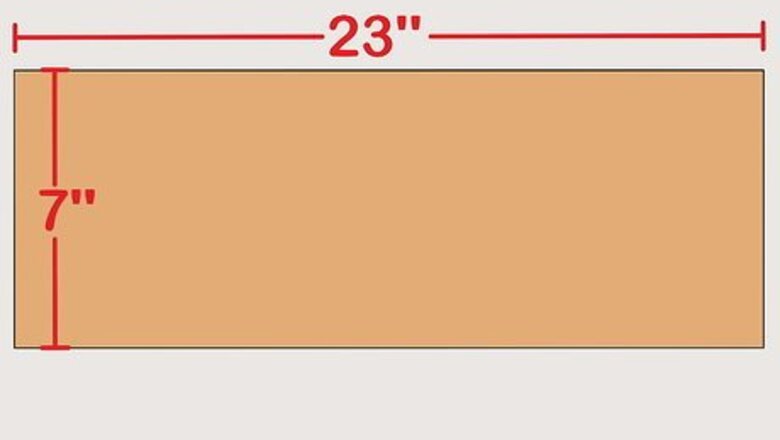
views
Making a Cardboard Indoor Basketball Hoop
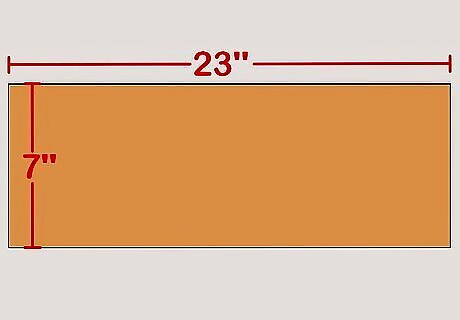
Cut a 7 in (18 cm) x 23 in (58 cm) strip of corrugated cardboard. Measure out the strip with a ruler on a piece of corrugated cardboard that is at least 20 in (51 cm) x 42 in (110 cm) and mark the strip out with a sharpie or marker. Use scissors to cut the strip out. You can also use a craft knife to make the cuts. Just be careful to cut on a safe surface that you won't damage. Adjust the measurements as needed based on the size of the ball you plan to use.
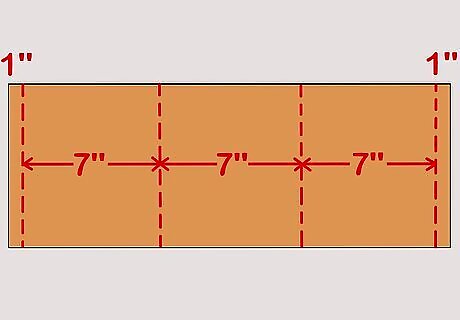
Score the cardboard strip to create sections to glue and shape into the hoop. Use a ruler and a sharpie to mark lines on the strip at 1 in (2.5 cm), then every 7 in (18 cm) to create 3 sections, then you will have 1 last section of 1 in (2.5 cm). Use a craft knife to score the cardboard, but don't cut all the way through. The end sections of 1 in (2.5 cm) are just to glue the hoop to the backboard. It is more important to make the 7 in (18 cm) sections perfectly even because these will form the hoop.
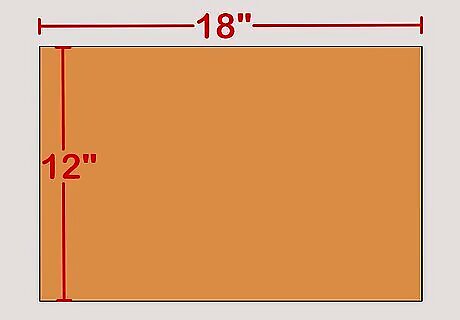
Cut cardboard for a backboard that is 12 in (30 cm) x 18 in (46 cm). Measure out the backboard on your remaining cardboard and cut off any excess cardboard with scissors. Cut the top corners with scissors to round them like a real basketball hoop backboard. The backboard will be 12 in (30 cm) high and 18 in (46 cm) wide.
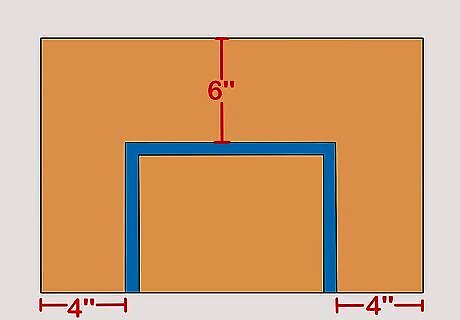
Add a square target to the backboard with masking tape. Use masking tape or another colored tape that stands out from the color of the cardboard. Mark the square right in the middle of the cardboard, 4 in (10 cm) from each side, and 6 in (15 cm) from the top middle. You could also draw the square in with sharpie or marker. Use a ruler to get the lines perfectly straight.
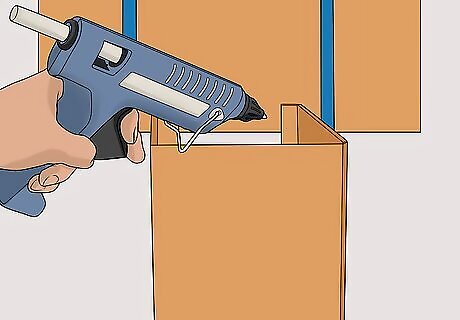
Shape the hoop and attach it to the backboard with hot glue. Bend the strip of cardboard that you scored into a square hoop and fold in the shorter 1 in (2.5 cm) tabs. Attach the short tabs to the backboard about 1 in (2.5 cm) from the bottom of the backboard. Make sure to line up the hoop right in the middle of the square target. You can now decorate the hoop if you wish. Wrap tape around the top of the hoop to make it look like a rim. Use a sharpie or marker to draw a net on the side of the hoop.
Building a Regulation Outdoor Basketball Hoop
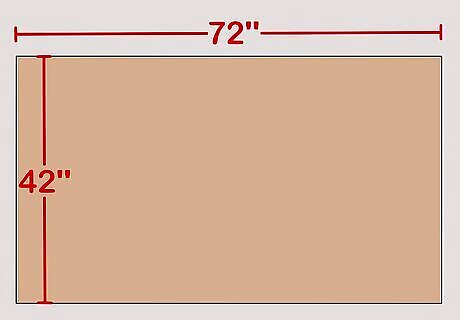
Cut a piece of plywood to 72 in (180 cm) x 42 in (110 cm). Use clamps to securely attach a piece of plywood to a work bench or saw horses and measure out the regulation-size backboard. Mark the dimensions using a large ruler and a sharpie, then use a saw to cut the plywood. If you don't have all the necessary tools, you can get the plywood pre-cut to the regulation backboard dimensions at a home center. Always wear safety glasses and exercise caution and proper technique when you use a saw.
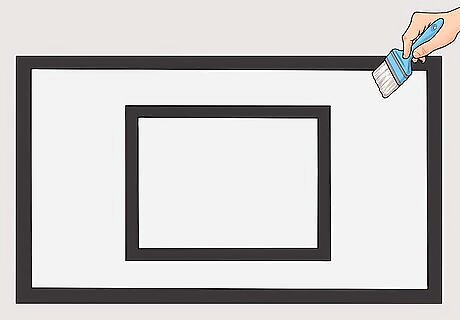
Paint the backboard white and make a square target in the middle. Wait for the white paint to dry, then measure out a box that is 24 in (61 cm) wide by 18 in (46 cm). Use masking tape to outline the box and create a 2 in (5.1 cm) strip. Paint it black or any other color you want, then paint a 2 in (5.1 cm) strip around the edges of the whole backboard. Make sure the box is a perfectly even distance from each side of the backboard, and 2 in (5.1 cm) from the bottom of the backboard to leave room to attach the hoop. Look at pictures of regulation backboards to get a good idea of how the completed product should look.
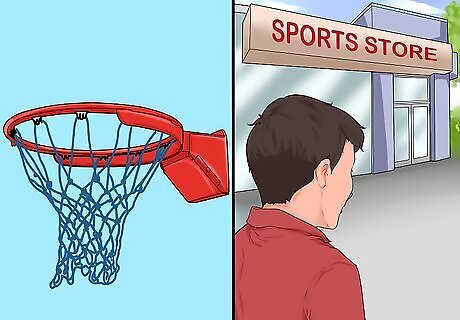
Buy a prefabricated regulation-size basketball hoop at a sports store. Most sports department stores will sell basketball hoops that come with the necessary screws and fittings. Make sure the hoop is 18 in (46 cm) in diameter. If you can't find a premade hoop, then see if you can find a metal worker who can make you one.
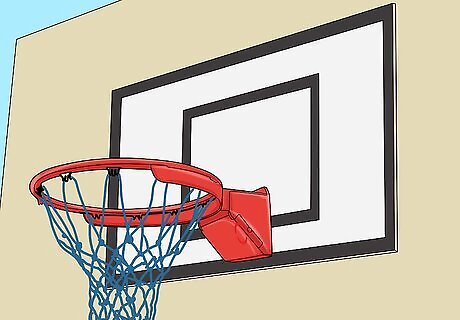
Attach the hoop to the backboard with a drill and screws. Line up the hoop with the bottom of the target box on the backboard. Hold the backboard in place and mark where the screws will go. Drill small pilot holes then attach the hoop with the screws it came with. You can attach this basketball hoop anywhere outside, like to the side of your house or a garage. Just keep in mind that the hoop should be exactly 10 ft (3.0 m) off the ground to be at regulation height.
















Comments
0 comment